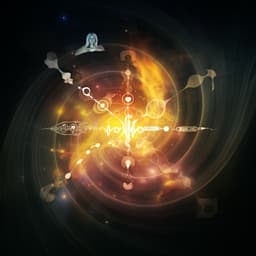
Space Sciences
Space radiation measurements during the Artemis I lunar mission
S. P. George, R. Gaza, et al.
Explore groundbreaking insights from the Artemis I lunar mission as researchers measure space radiation aboard the Orion spacecraft. This study, conducted by a team of experts including Stuart P. George and Ramona Gaza, reveals crucial findings about radiation dose rates and spacecraft design for future crewed explorations.
Playback language: English
Related Publications
Explore these studies to deepen your understanding of the subject.







